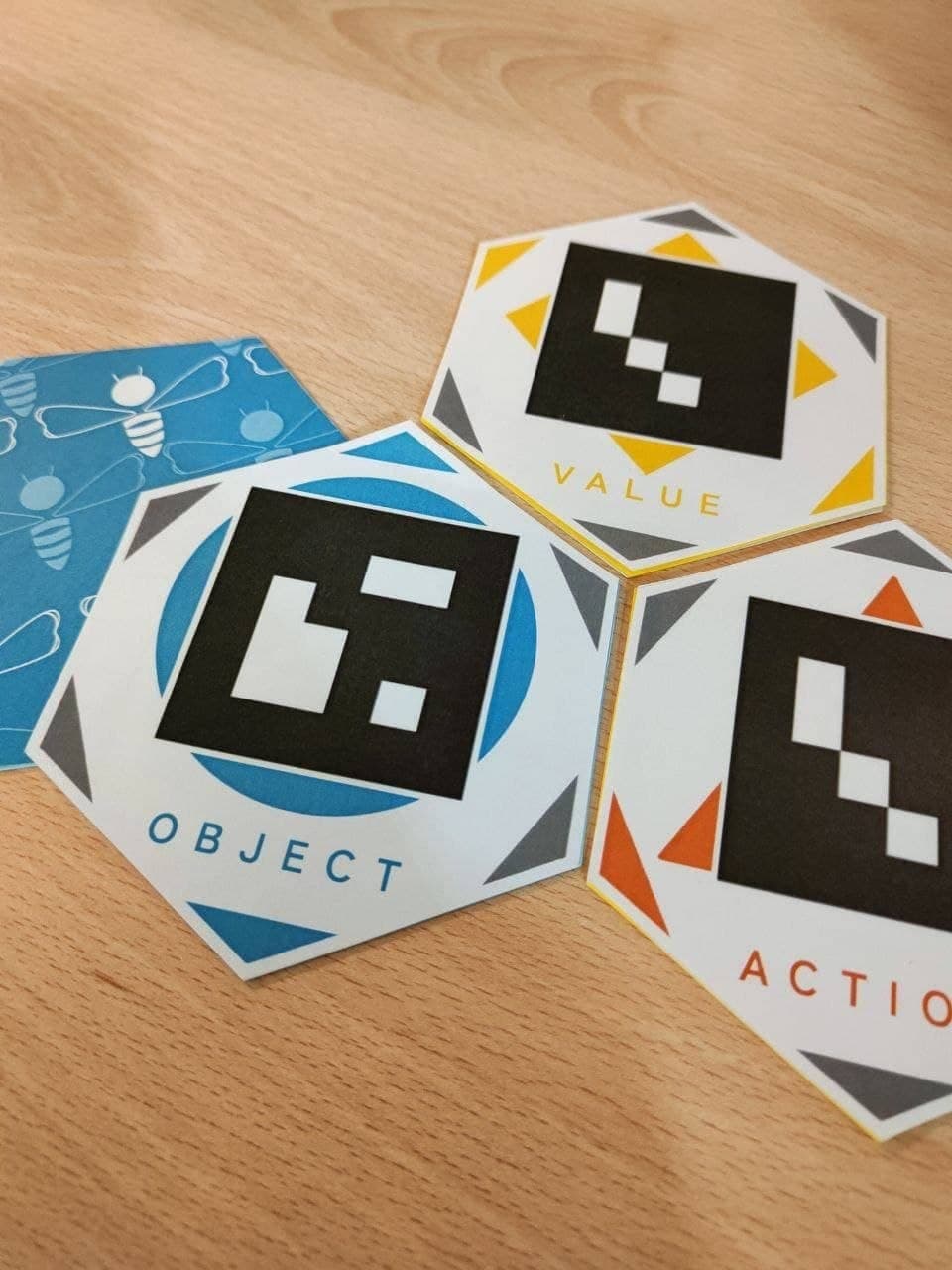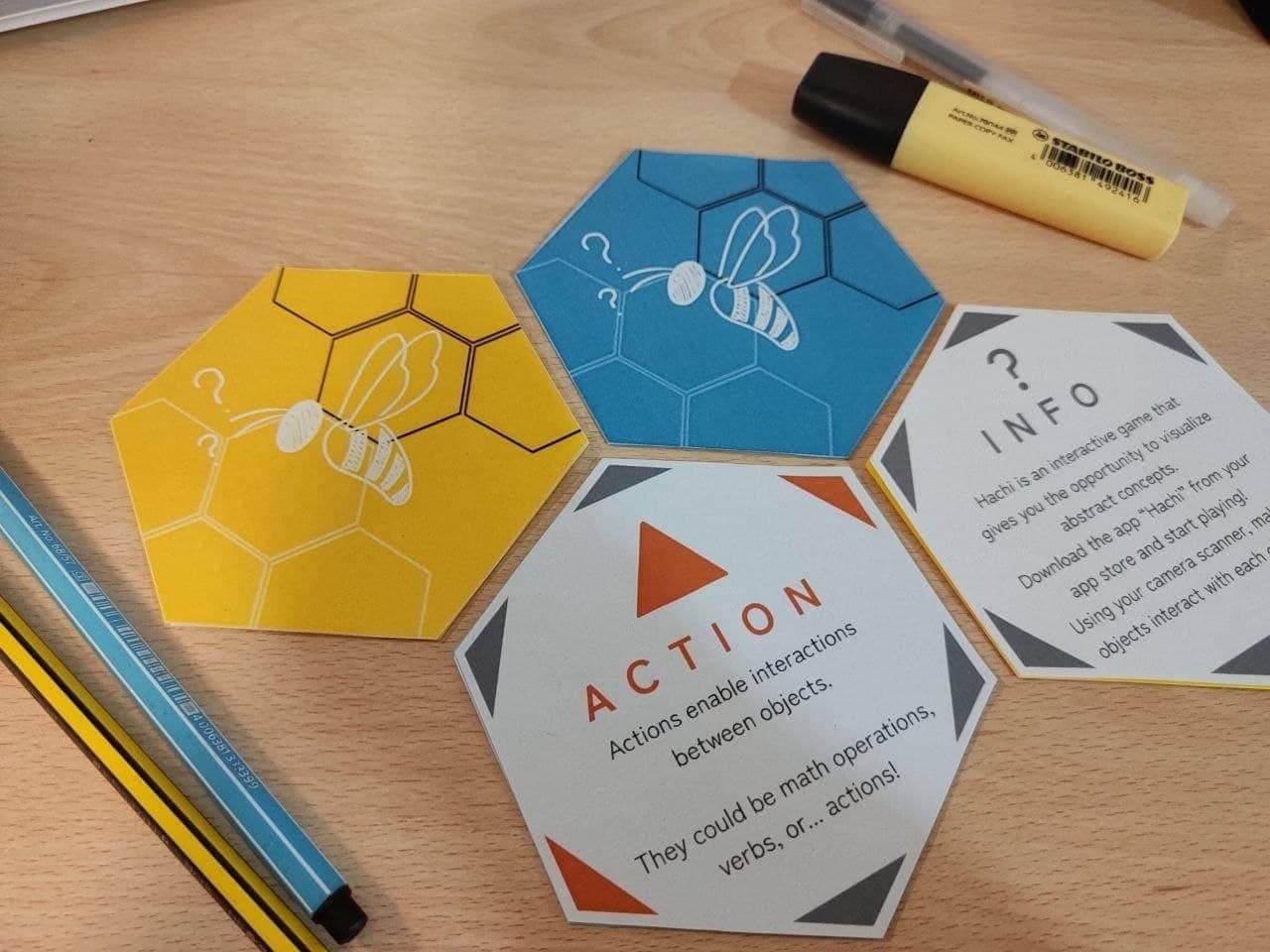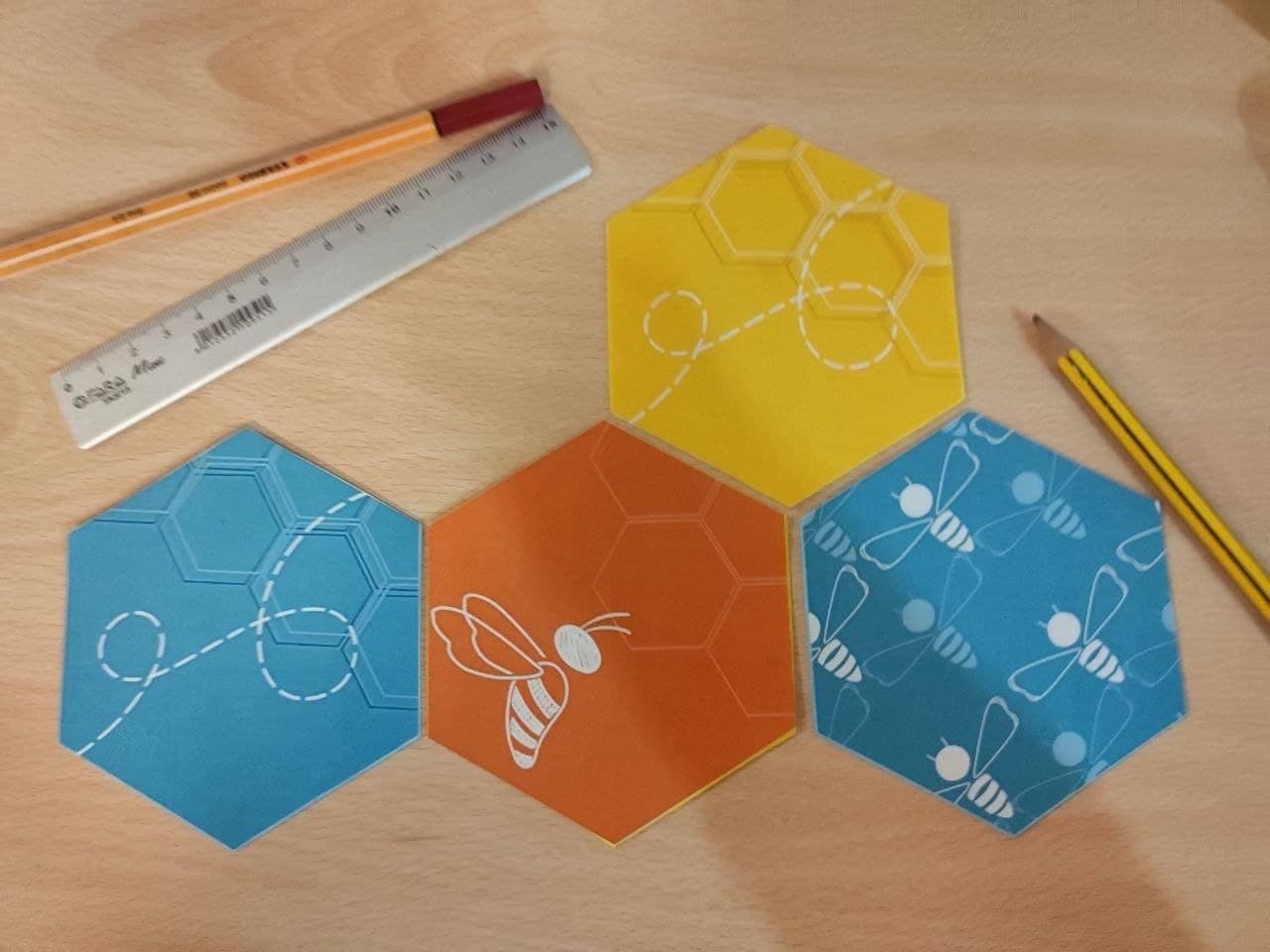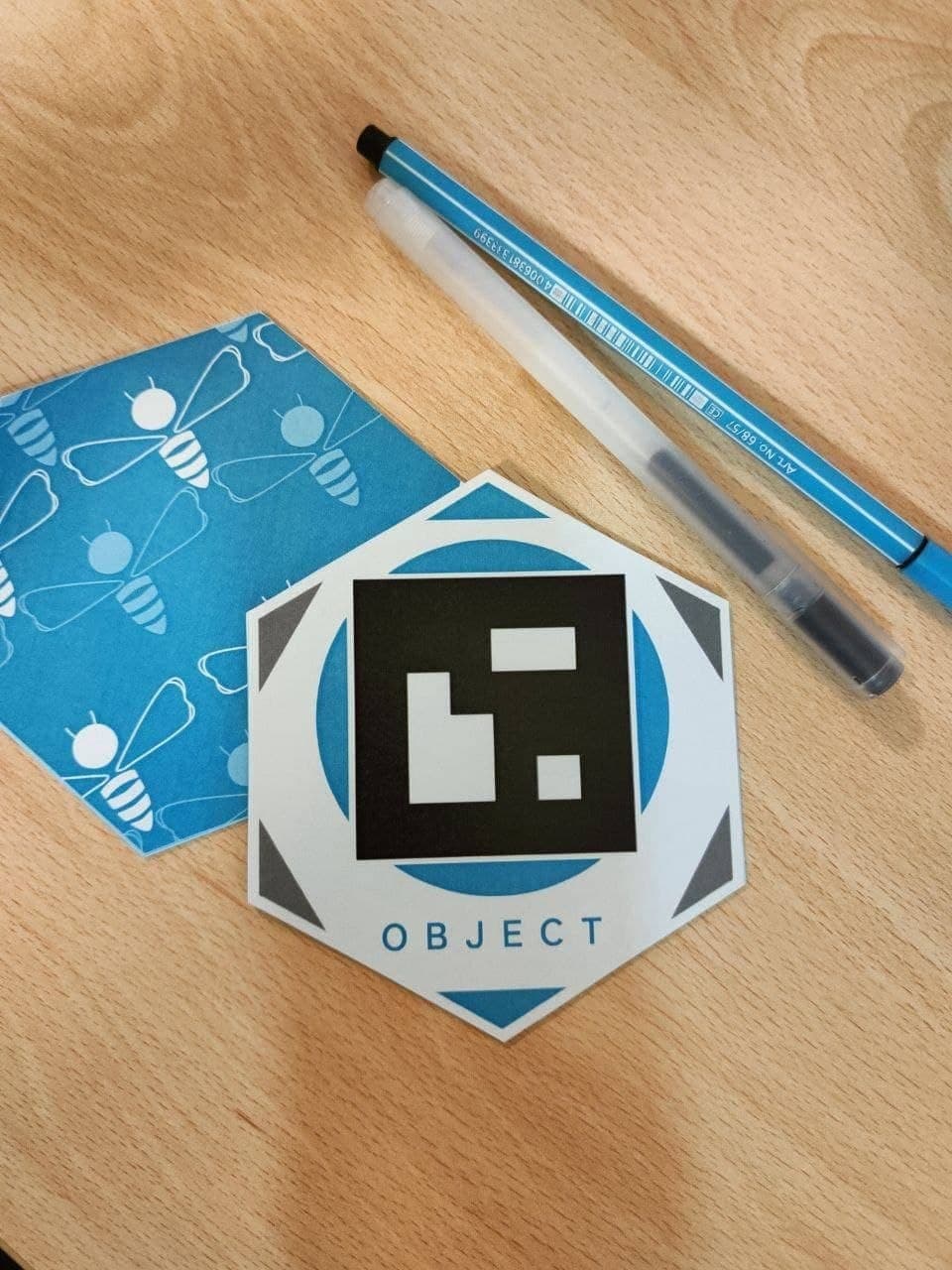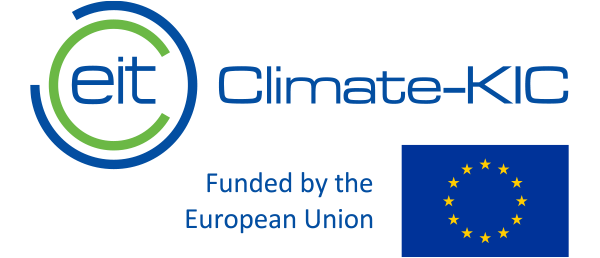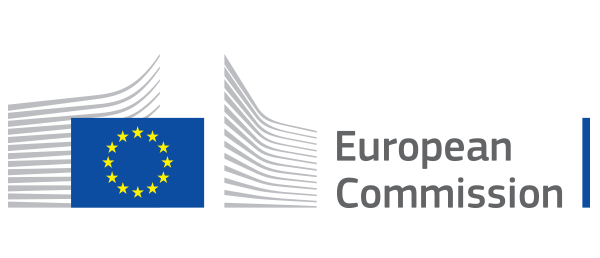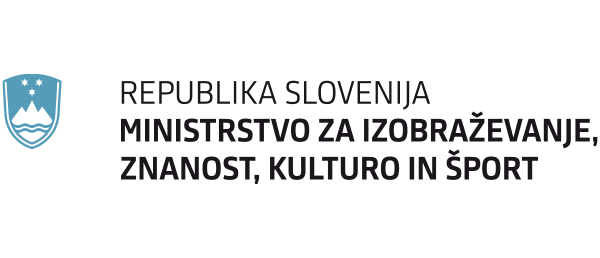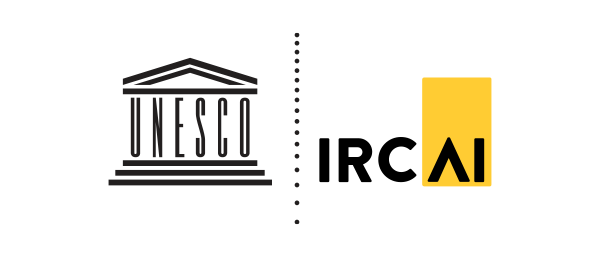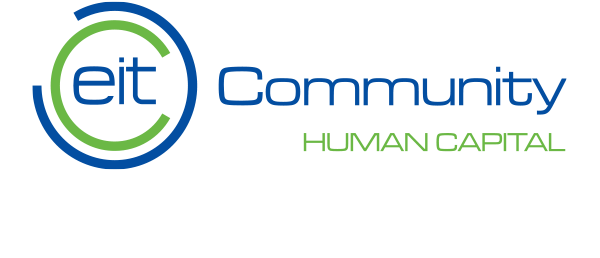
winner
A better visualization a deeper creative and critical thinking
Visualizing things is the first step to make abstract ideas reality and our proposal is a tool to help people in this process: whether it is a deeper understanding in a school topic or brainstorming ideas for prototyping as designers the heart of the matter is look and put your hands on your ideas.
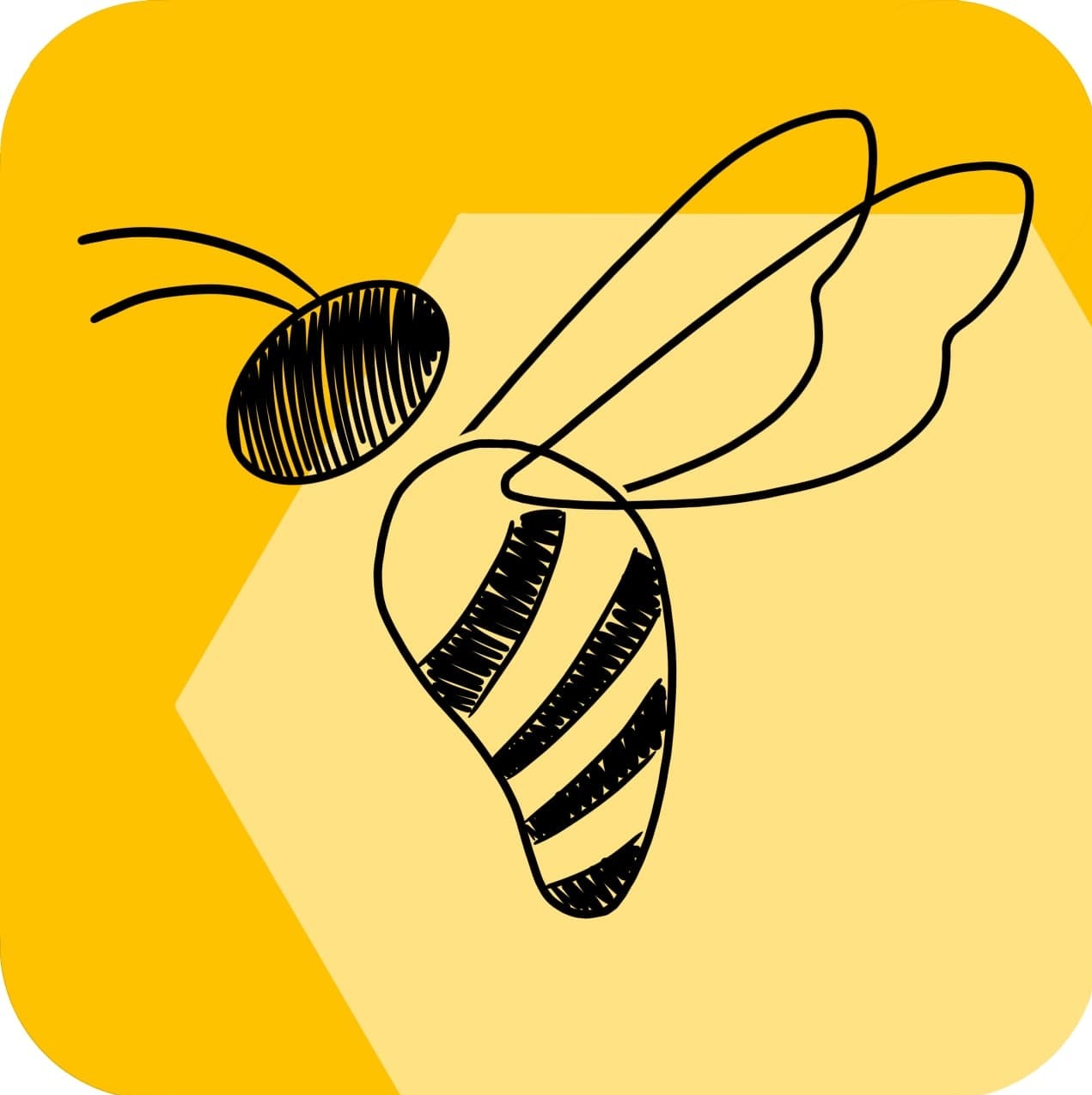
Team: 11chips
Team members
Riccardo Carretta, Francesco Coppola, Giulia Paludo, Teresa Rizzi, Martina VincoliMembers roles and background
|
NAME |
ROLE |
BACKGROUND |
|
Riccardo Carretta |
Demo development |
Computer Science Bachelor |
|
Francesco Coppola |
Demo development |
Computer Science Bachelor |
|
Giulia Paludo |
Preliminary research and copywriter |
Cognitive Psychology Bachelor |
|
Teresa Rizzi |
Features definition and schedule manager |
Cognitive Psychology Bachelor |
|
Martina Vincoli |
Visual design |
Computer Science Bachelor |
Contact details
Solution description
Hachi is a smartphone and tablet application which through AR allows non-expert minds to visualize and manipulate abstract concepts to create new ideas.
We’ve projected Hachi to be flexible to whatever context, however the proposal we implemented is aimed at a science museum didactic activity for elementary school’s children.
In practical terms children are requested to connect physical cards (printable on paper, plastic or wood) sorted by categories (objects, actions and values) which, once read by Hachi app by the AR code present on each one, will show a visual interaction between the cards’ elements.
Hachi cards' hexagonal shape has been designed in order to allow the addition of ulterior layers of complexity as well as to make clearer the concept of modularity and multiple interactions on which Hachi is based. Each card has a size of 10x10 cm to allow not only a comfortable readability and manipulation but also to make the AR code more easily readable with the device.
In the simple example we talk about primary colors: connecting the object card “yellow” with the other “blue” Hachi will show children green, and in the same way other passages like from green to yellow and so on.
The role played by Hachi in strengthening educational technology, actually facing the challenge of enhancing creative and critical thinking skills is related to:
- Active learning
- Cooperative learning
- Explorative learning
Since Hachi is designed to be extremely adaptable to whatever context the measure of the success will be different depending on the setting it’s inserted.
In the example of implementation we provided, the measure is first of all the engagement in the activity and the enjoyability, more important is the immersion in the topic and the stimulation of the aforementioned skills.
The benefits our solution could provide are concerning on the one hand an activity proposal easily feasible in the context of Muse - Museo delle Scienze di Trento and an adaptable tool and on the other hand a tool basically adaptable to whatever setting from a school classroom (for basically all levels of education) to a work environment like could be for a designers’ team.
For instance, a potential implementation of Hachi for FabLab forees object-cards as components and materials you can find in the lab, action-cards as machines available in the lab and the value-cards as specific crafting features.
Fourthly, a future deployment of Hachi would be creating a space where the online community could share their own card as well as advice and tips for Hachi’s use, implementing in this dimension an ulterior aspect of cooperative learning and developement.
Solution context
At the moment the main issues in educational technology regard the necessity of implementing tools able to help people develop creative reasoning skills and critical thinking.
It’s extremely difficult to teach those skills however scientific literature underlines the efficacy of problem based approach strategies in teaching to overcome this question. Basically PBA consists in giving students a problem and the necessary tools to solve it but without specific instruction, so just letting them speriment with trials and error by putting hands on it.
In this framework Hachi offers an alternative tool for manipulating concepts, also abstract ones, through visual features in order to stimulate critical and creative thinking skills in an inclusive, sustainable and context adaptable way.
- Inclusive since this kind of visual tool overcome the barriers people with issue related to imagination and learning;
- Sustainable because of the relative low cost for realizing the digital implementation and designing it as an open source not only for public environments but also private ones;
- Adaptable for the possibility of changing the cards’ content basing on the context;
The challenges our team is facing with Hachi, in the example we provided about elementary school, basically reflect the main learning outcomes required by teachers such as an active learning based on a maker approach and insert in dynamic contexts, paying particular attention in creating inclusive learning activity for children with special needs.
Solution target group
The main users of our solution are elementary school children in a symbolic context of a didactic activity at Muse - Museo delle Scienze di Trento and for this reason there are other indirect users involved such as teachers and the museum personnel who will manage the activity.
In our analysis the target’s needs are mainly described as:
- Understanding topics
- More engagement in a knowledge/designing activity
- Need of visual elements on which working on
Hachi would add a significant value to the target’s experience in:
- Creating a better setting for a deeper understanding
- Enhancing a enjoyable and fun activity
- Stimulating ideas flows
- Manipulating elements helping the reasoning and thinking flow
More in general the use of our solution with the aforementioned target would significantly stress the theme of inclusion: students with hardship for instance with visual working memory or specific learning disabilities would find easier not only participating using the application but also would feel more able in giving a contribution to the group.
In addition Hachi would improve the experience of collaborative learning since the facilitation of a visual experience would overcome their difficulties.
Furthermore, even if for some point of view an activity of this kind would probably have an end in itself, we hope that, premised the importance of visualization in reasoning especially the perceptual one, the use of hachi would embolden the habit of manipulating objects mentally to solve problems in everyday life.
Solution impact
The solution impact can be analyzed in different ways.
First of all we have the concrete museum activity from which will benefit all the students who will have guided visits to the museum.
Secondly there’s the opportunity that Hachi will give in a didactic intervention for a better and deeper understanding not only for the students but also with different targets in different contexts. As mentioned before, a future development of Hachi with cards related to prototyping would have a promising impact also in the designers’ dimensions with the aim of boosting ideas flow in work teams.
On a third point a significant impact of our solution would consist in instilling little by little a stronger habit in manipulating mental images to solve concrete everyday problems.
An additional benefit would regard a process of sensibilization in the use of technology in order to reach a more solid awareness of the multiple “good” uses of technologies from an early age.
Although some parts of the impact are immediately tangible like the enjoyment of the activity by the students of a more fluid and effective ideas flow, other aspects are less soon evident such as the improvements of visual manipulation or in reasoning and critical thinking, however the most concrete impact would be a facilitation reaching inclusive learning outcomes in the most gamified and engaging way for children.
Moreover an ulterior measuring impact would be the level of perceived empowerment of the children’s learning abilities which has been shown to have a sensitive effect in self-esteem and in the psychological component of the school journey.
Solution tweet text
Unify abstract knowledge and concept through AR visualization for non-expert minds.Solution innovativeness
The killer feature of Hachi is making an interactive, engaging visualization experience available, flexible and adaptable while remaining sustainable in multiple contexts.
In particular our solution is meant also to be considered a key to social progress since it isn’t limited to the school environment but it will potentially involve museums and communities.
At the moment the majority of the few educational technologies with this specific use of augmented reality is focused only on some topics or subjects like chemistry, a characteristic which limits the use and the diffusion of a really useful tool in the educational field more connected to the local context and community.
Solution transferability
The contexts of transferability for Hachi are multiple however a potential application we’ve thought about regard FabLab: Hachi’s cards would create a set of 3D elements which can be combined and visually manipulated at first using the provided cards and then with additional features on the application within the device, with the aim of easily creating a prototype to implement with proper machines.
The dynamic of the transfer would take into account all Hachi’s components declined in the new context like:
- Object-cards as materials and 3D elements
- Action-cards as different machines available in the lab
- Value-cards as specific kind of crafting lavorations
The use of our solution in this additional context would stress more on the design aspect of visualizing and manipulating objects especially for what concerns the creative moment of collaborative ideas’ flow development.
Solution sustainability
The ideal way to realize Hachi would require in the immediate future a partnership necessary to improve it in all those details which were impossible to define in less than 24 hours, it would be natural then to bring it to its “belonging habitat” which is Muse’s didactic laboratories.
This could be actually possible through an effective partnership between our team, FabLab and Level Up, and with this premise, giving a look to our road map ultimately in the mid and long terms our aim would be to export the application in many museums’ and schools' realities adapting to the various contexts and relatives' necessities.
Going deeper into the indispensable resources we would need there’s:
- A team composed by:
- Developers (front-end, back-end, dev-ops)
- Designers
- Psychologists for the part regarding learning disabilities, special needs and teaching strategies
- Social manager
- Analytics manager
- CEO
- Various machine and materials (possibly available in Fablab) such as:
- Wood printer for an ecological cards version
For what concerns communication and marketing: our team planned to invest, also through Fablab networking, in social media management but paying attention also to local cultural events to promote the tools.
Focusing more about personalized estimates, we took in consideration 3 main customers:
- SCHOOLS proposing suitable options based on the singular institute’s budget
- MUSEUMS or public Libraries where will be required specific customizations depending on the specific topics deepened
- PRIVATES with options more adaptable and practical to reach the best outcomes even if from home.
Premised the brief description of the 3 main customers an example or our propose of educational bundles is:
- BASIC: tutorial in app
- INTERMEDIATE: tutorial in app, teacher training with only 2 lessons
- ADVANCED: tutorial in app, teacher training with 5 lessons and 1 meeting in the museum
Furthermore, in order to develop our solution more included in a playful dimension to improve ulteriorly the engagement of users, we plan to define in a more detailed way gamification features such as points collecting, communication between devices not only for collaboration but also for a social game environment.
Solution team work
We believe that multidisciplinarity it’s been a strength of our team because this element has allowed us to, after a not easy initial phase of brainstorming, smoothly split tasks and proceed with the actual implementation of our idea in the final solution.
It’s also important noticing that an existent friendship and a tight group has made possible keeping a cloudless long work session even during stressful times.
We surely will to continue to work as a team in the future and we hope to have more occasions beyond university activities to implement ideas together for instance at FabLab.
Downloads
AESIR_CLIMATHON_SOLUTION_DISCLAIMER


